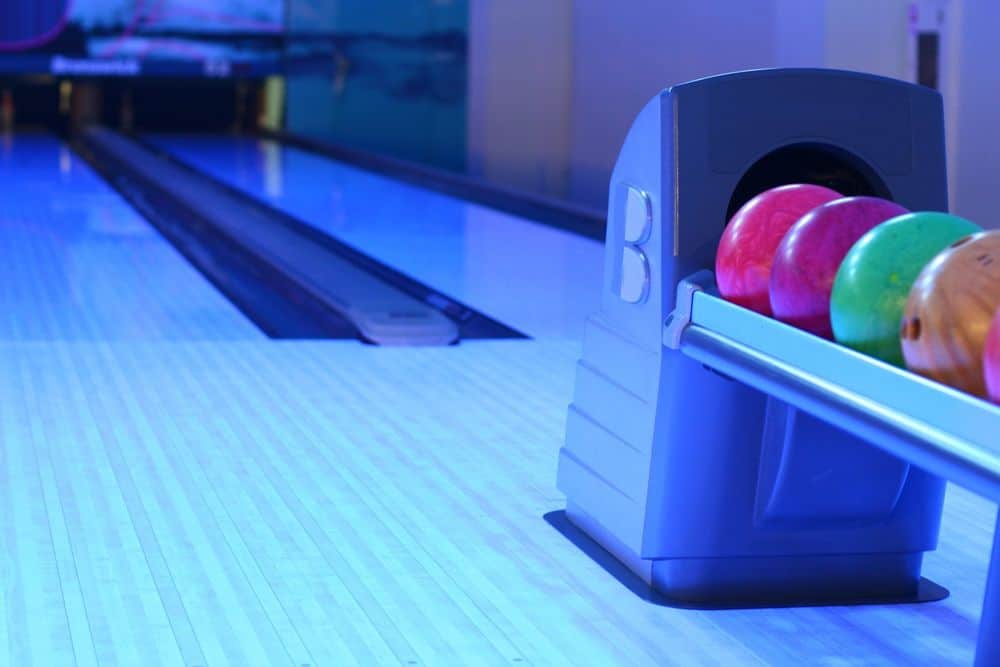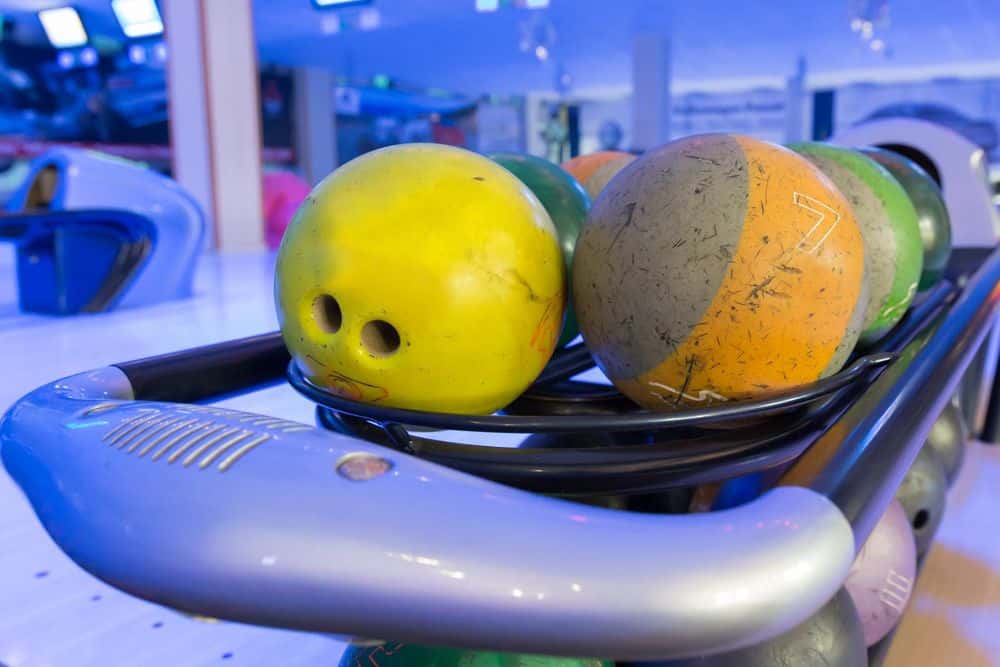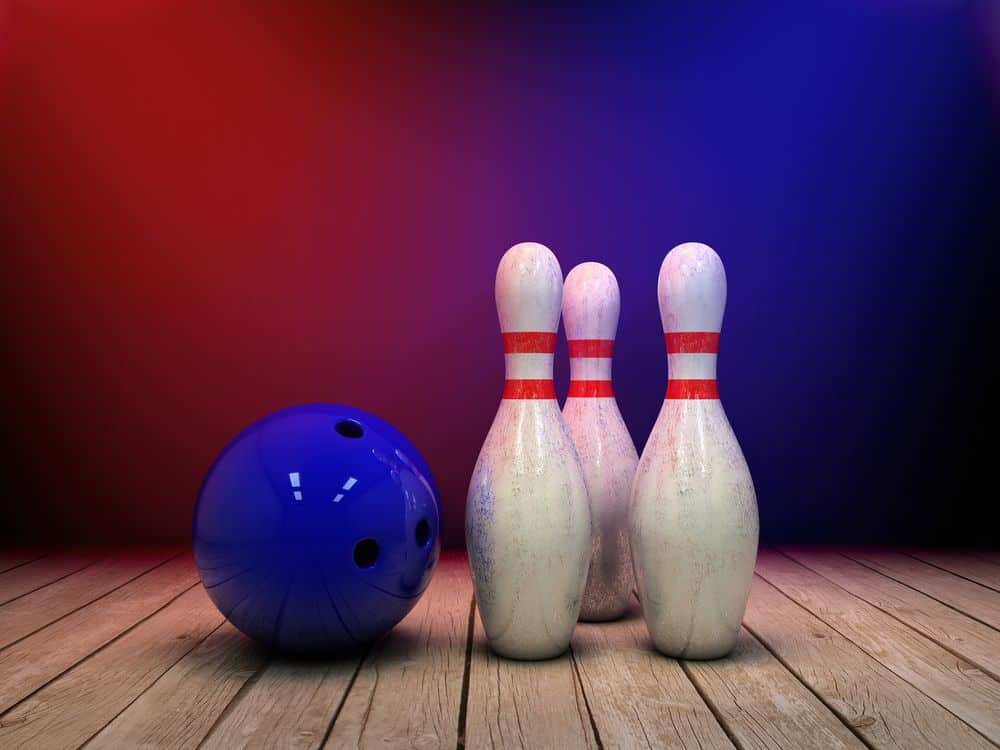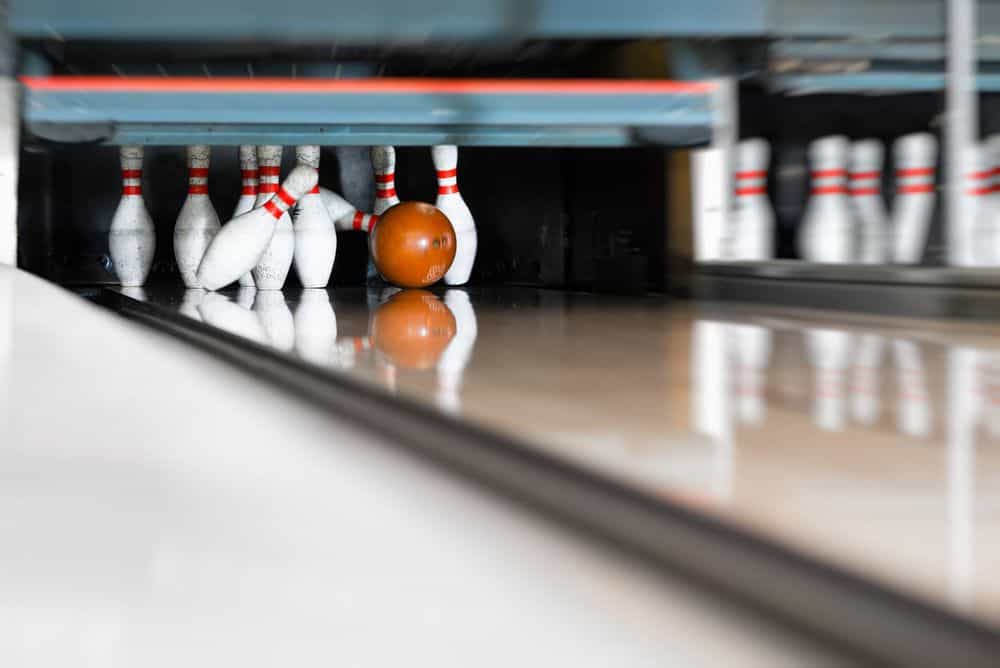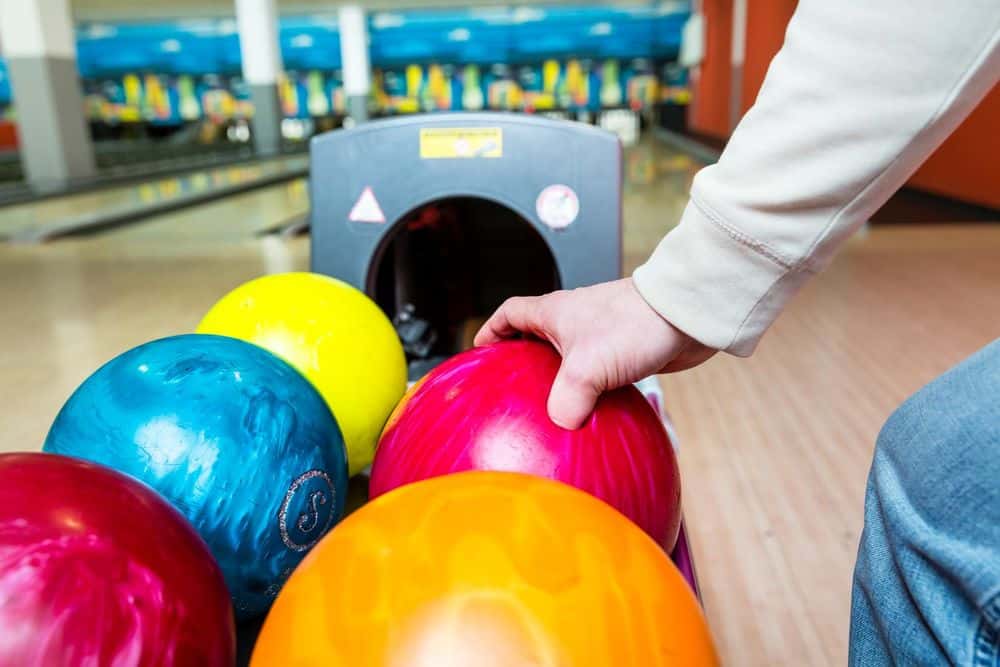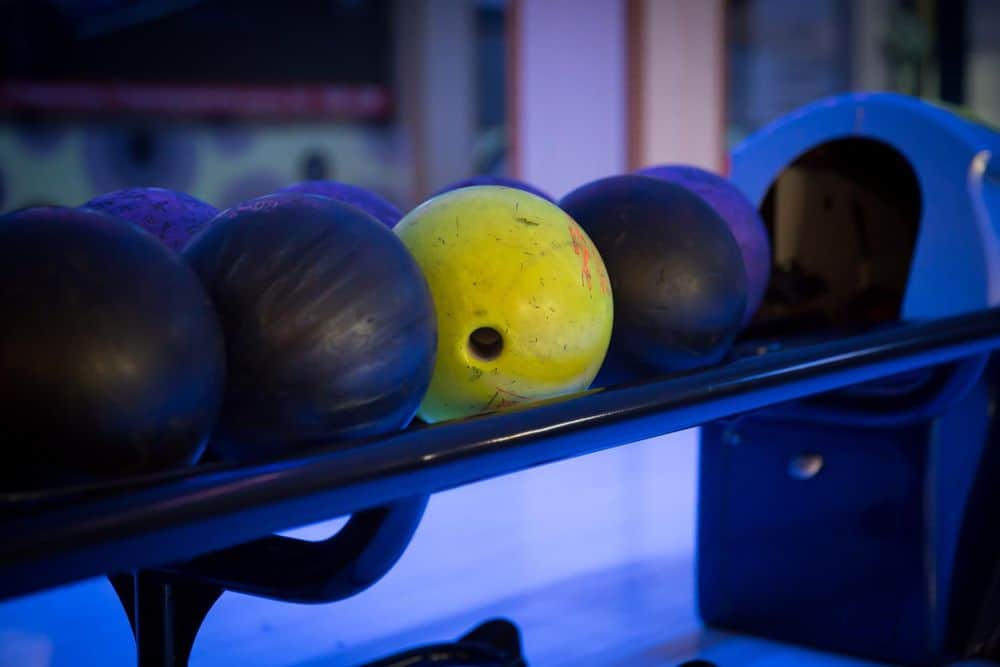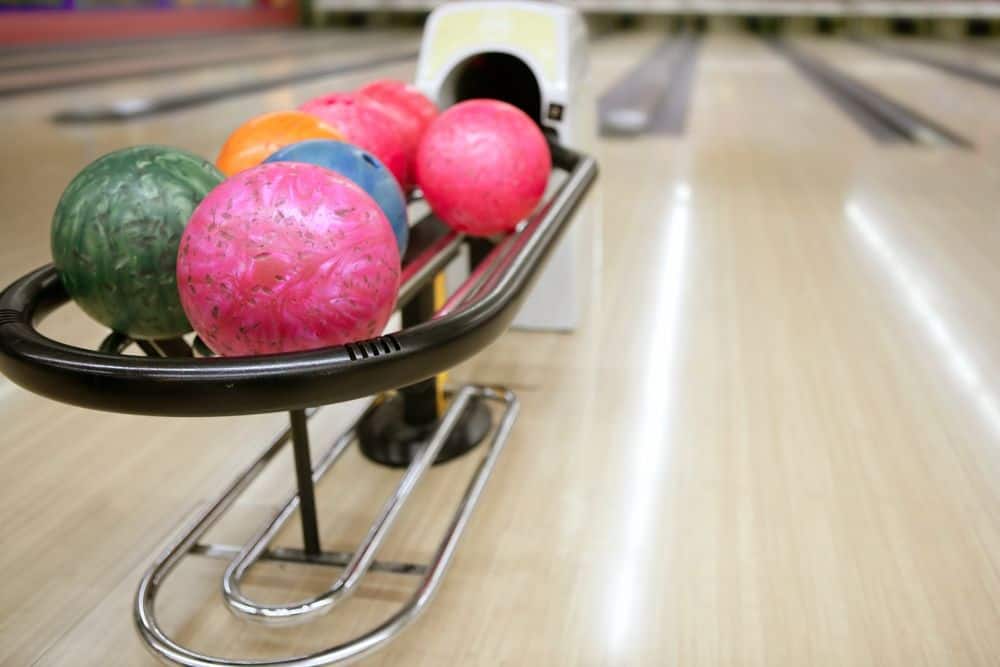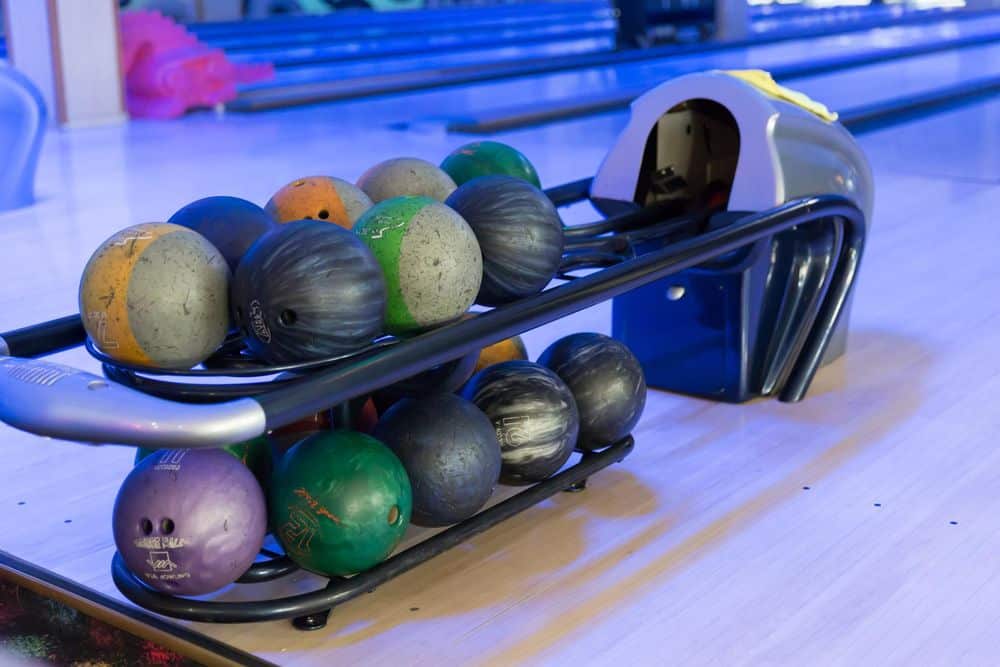Have you ever wanted to try something new and challenging, but felt held back due to physical limitations?
For many individuals with physical disabilities, recreational activities can be a challenge. But thanks to adaptive bowling, they are now able to enjoy this popular sport in the same way that everyone else does!
Adaptive bowling has been gaining popularity among those who have struggled to participate in other sports as it is designed specifically for people with mobility issues.
It allows them to experience all of the fun associated with traditional bowling while accommodating their physical needs.
By utilizing specialized equipment such as lightweight balls and rails that assist bowlers in delivering the ball down the lane accurately, adaptive bowling enables players of any ability level to join in on the fun.
This article will explore how adaptive bowling has helped revolutionize recreational activities for those with physical challenges, allowing them access to an activity that was once considered out of reach.
We’ll discuss its benefits and offer advice from industry experts on how best to get involved. So whether you’re looking for a leisurely pastime or a more competitive game, read on – because adaptive bowling may just be what you need!
What Is Adaptive Bowling?
Adaptive bowling is a form of the sport that has been adapted to accommodate people with physical disabilities. It allows them to participate in a bowling game without having to worry about their particular limitations or handicaps.
The equipment used for adaptive bowling may vary depending on the disability, but it typically consists of ramps and other tools designed to help get the ball onto the lane more easily than usual.
This type of bowling provides an opportunity for those who wouldn’t normally be able to take part in this leisure activity due to physical restrictions. Adaptive bowling also offers individuals a sense of accomplishment when they’re successful in getting their balls down the lane.
Furthermore, it can serve as an important social outlet – helping players stay connected with friends and family while engaging in team activities. Overall, adaptive bowling is an inclusive way of enjoying one of America’s favorite pastimes despite any physical challenges faced by participants.
The Benefits Of Adaptive Bowling
The world is constantly evolving, and the opportunities for physical disability inclusion have never been greater. Adaptive bowling is a sport that provides an exciting opportunity for those with physical disabilities to participate in a beloved game. It’s a great way to stay active while having fun!
Adaptive bowling has numerous advantages over traditional bowling. Perhaps its most significant benefit is accessibility – adaptive bowling lanes are designed specifically to accommodate wheelchair users, so they can roll right up to the lane without any obstacles in their way.
This eliminates many of the potential barriers that would otherwise prevent disabled people from engaging with this pastime. Additionally, adaptive equipment – such as light-weight balls or special ramps – helps make it easier for physically challenged individuals to play with ease.
What’s more, adaptive bowling creates meaningful social connections between players who may not otherwise be able to enjoy recreational activities together.
This fosters invaluable friendships and reduces feelings of loneliness or isolation among those living with physical impairments.
Ultimately, adaptive bowling is an inclusive activity that allows everyone involved to experience the joys of knocking down pins and playing alongside friends and family members alike!
Equipment Needed For Adaptive Bowling
Adaptive bowling is a game that can bring joy to anyone, regardless of their physical limitations. Like any sport, it requires the right equipment and setup in order to be successful. Let’s explore what type of tools are necessary for adaptive bowling.
To kick off our journey down the lane, we’ll need some specialized ramps or sloped surfaces. These will allow players with limited mobility an easy way to roll their ball without having to lift it up.
Additionally, these devices enable different angles of release so they can control where the ball goes on the lane more precisely than before.
Next up, grab lightweight balls that have wider finger-holes and larger circumference – this allows people with weaker grip strength or arthritis to bowl comfortably. Lastly, you may want to consider bumpers which help keep your ball within bounds if you’re still getting used to throwing strikes!
Adaptive bowling has opened doors for many individuals who were previously unable to participate due to physical restrictions. With the right supplies at hand, everyone can join in on the fun and get a strike once in awhile!
Adaptive Bowling For Students With Disabilities
Adaptive bowling is a great sport for students with disabilities because it provides an opportunity to participate in physical activities.
According to the Centers for Disease Control, only one in four children with disabilities participate in sports or recreational activities. Adaptive bowling can help fill this gap and increase participation!
This type of bowling is designed specifically for people with limited mobility. It includes specially adapted equipment like ramps and handrails that make it easier for those who use wheelchairs or other assistive devices to bowl without fear of injury.
Furthermore, adaptive bowling also allows athletes to play independently; they are not required to rely on others for support during each frame. This helps build confidence and encourages self-advocacy which promotes more active living.
Adaptive bowling programs provide an accessible way for students with disabilities to experience the joys of the game while gaining valuable skills such as dexterity and balance – even if they don’t score a strike every time!
From improved cardiovascular health to increased social interaction, there are countless benefits associated with participating in adaptive bowling. So why not join your local league today?
Adaptive Bowling And The Wheelchair Community
Bowling is like a strike of lightning – it can light up the faces of people from all walks of life. Adaptive bowling has been a valuable resource for those in the wheelchair community, offering an opportunity to experience this beloved sport without restrictions or limitations.
Adaptive bowling centers are designed with special ramps, rails and bumpers that allow individuals who use wheelchairs to play the game with ease.
The bumpers ensure that the ball stays on the lane instead of rolling into the gutter, while point-of-view cameras help players find their targets quickly and accurately.
Additionally, adaptive bowling assists participants by providing guidance about how best to grip their balls and release them correctly for a more successful roll down the lane.
The ability to enjoy recreational sports activities like bowling provides much needed social interaction as well as physical benefits including improved mobility, strength and coordination.
It also helps build self-confidence and encourages independence among individuals living with disabilities. Adaptive bowling opens doors for these members of our society so they can take part in leisure activities alongside everyone else.
Organizing A Successful Adaptive Bowling Event
Organizing a successful adaptive bowling event can be rewarding and challenging. To ensure that the needs of the physically challenged individuals are met, it is important to consider their unique requirements when setting up an adaptive bowling tournament.
This includes providing wheelchairs with appropriate footrests, ensuring the lanes are wide enough for wheelchair access, and making sure there’s plenty of room for maneuvering between pins.
It also means having staff or volunteers on hand to help those in wheelchairs line themselves up correctly before throwing the ball.
Additionally, organizers need to consider how best to make this activity accessible to participants from all ages and abilities.
They must think about whether they will provide special equipment such as ramps or assistive devices if needed; what type of assistance should be offered; and which rules can be modified so everyone feels included.
Taking the time to plan ahead helps ensure that each participant has an enjoyable experience at the adaptive bowling tournament regardless of any physical limitations they may have.
Conclusion
Adaptive bowling is a great way to bring people of all abilities together for an enjoyable activity. It has many benefits, including providing physical exercise and social opportunities. With the right equipment and planning, adaptive bowling can be tailored to meet the needs of each individual in attendance.
It’s like throwing open a door to opportunity; those with disabilities can experience something they may have previously thought was out of reach.
Adaptive bowling allows them to take part in activities that are fun, engaging, and fulfilling – it’s a chance for them to feel included and accepted by their peers.
Whether you’re organizing an event or participating yourself, adaptive bowling is sure to leave everyone feeling inspired and energized.
Allowing individuals with disabilities to join in on some friendly competition provides invaluable experiences which will stay with them long after the game is over. Everyone deserves a chance at success – adaptive bowling gives everyone just that!

